What are the 7 elements of art and their importance
TOI Lifestyle Desk | ETimes.in | Last updated on - Jun 20, 2024, 16:00 ISTShare fbsharetwsharepinshareComments (0)
01/8Elements of art

So many people around the world learn and teach art. But most of the times, the learning and the teaching is very haphazard. There is no set path in which people are taught arts. In the first class people are handed brushes, when in reality the first lesson should be that of pencils and lines.
And while one can say that there are many different ways of teaching, there are some foundational components that are the building blocks for both creating and appreciating art.
Here we list the 7 core elements of Arts and their importance.
02/8Lines


The first and most important element of art is a ‘Line’. Line is one of the most important elements as it forms the essence of the art being created. A straight line makes a road, a curved line makes a tree, etc.
Lines can vary in width, direction, and length and they can be straight, curved, or jagged. Lines are indispensable in art as they outline and define shapes, create texture and pattern, indicate movement and direction, and express emotions. Whether they are used to create the boundaries of shapes or to guide the viewer’s eye through a composition, lines are important for structuring and conveying the story of the piece.
03/8Shape


Shape, the second element, refers to flat, enclosed areas that are two-dimensional, having only length and width. Shapes can be geometric, like circles and squares, or free-form and natural shapes. Shapes are important to arts because they create the foundation of a composition, symbolise ideas, and simplify complex forms. By using shapes, artists can organise their piece, convey symbolic meanings, and break down difficult subjects into more understandable and relatable forms.
04/8Form


The third element is form. Form extends shapes into the third dimension and adds a sense of depth to length and width of the painting. Forms can be geometric, like cubes and spheres, or organic, like simple, natural objects. Forms are important for creating realism in the artwork, as they add volume and space to objects, making them appear more lifelike. By improving and enhancing the depth of the work, forms make the artwork more inviting.
05/8Space


Space is the fourth element of art and refers to the area around, between, and within the objects. Space can be positive, as in the area in which the character or object is, or it can be negative, which is the area around that object.
Space is important for creating the illusion of depth, organising the composition, and focusing attention. With the right use of space, artists can make a balanced and perfect work, with the right focal points.
06/8Colour


Colour, the fifth element, is one of the most important elements of art. It includes hue, value, and intensity. Colour is important to give emotion and feelings to the painting or artwork. Like the blue creates a sense of liveliness and the intense red gives out feelings of anger. Different colours can evoke different emotions and moods, and their strategic use can highlight the important areas and convey specific messages and themes within an artwork.
07/8Value


Value is the sixth element of art and is referred to as the lightness or darkness of a colour. The value of the colour is important for creating contrast, depth, and emphasis within an artwork. Variations in value can improve and enhance the 3D form of the objects, highlight the focal points, and set the overall mood of the artwork. High contrast is usually used to create drama and tension, while low contrast conveys calmness and serenity.
08/8Texture


The seventh element, texture, refers to the surface quality of an object, which can be actual or implied. Texture adds realism to artworks by making surfaces appear more lifelike. It also adds variety and interest, preventing a composition from appearing flat and monotonous. By using texture, artists can convey information about the material properties of objects and add depth and complexity to their work.





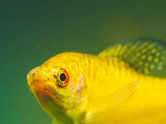
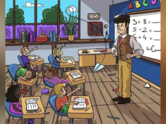

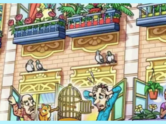



















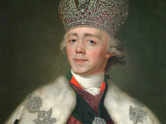



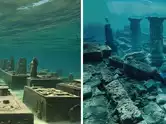
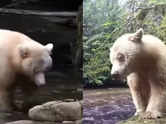




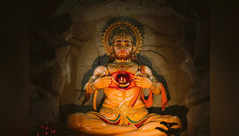
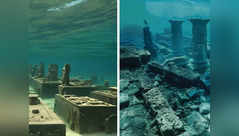




















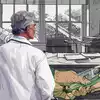


closecomments
SIGN IN WITH
GoogleEmail